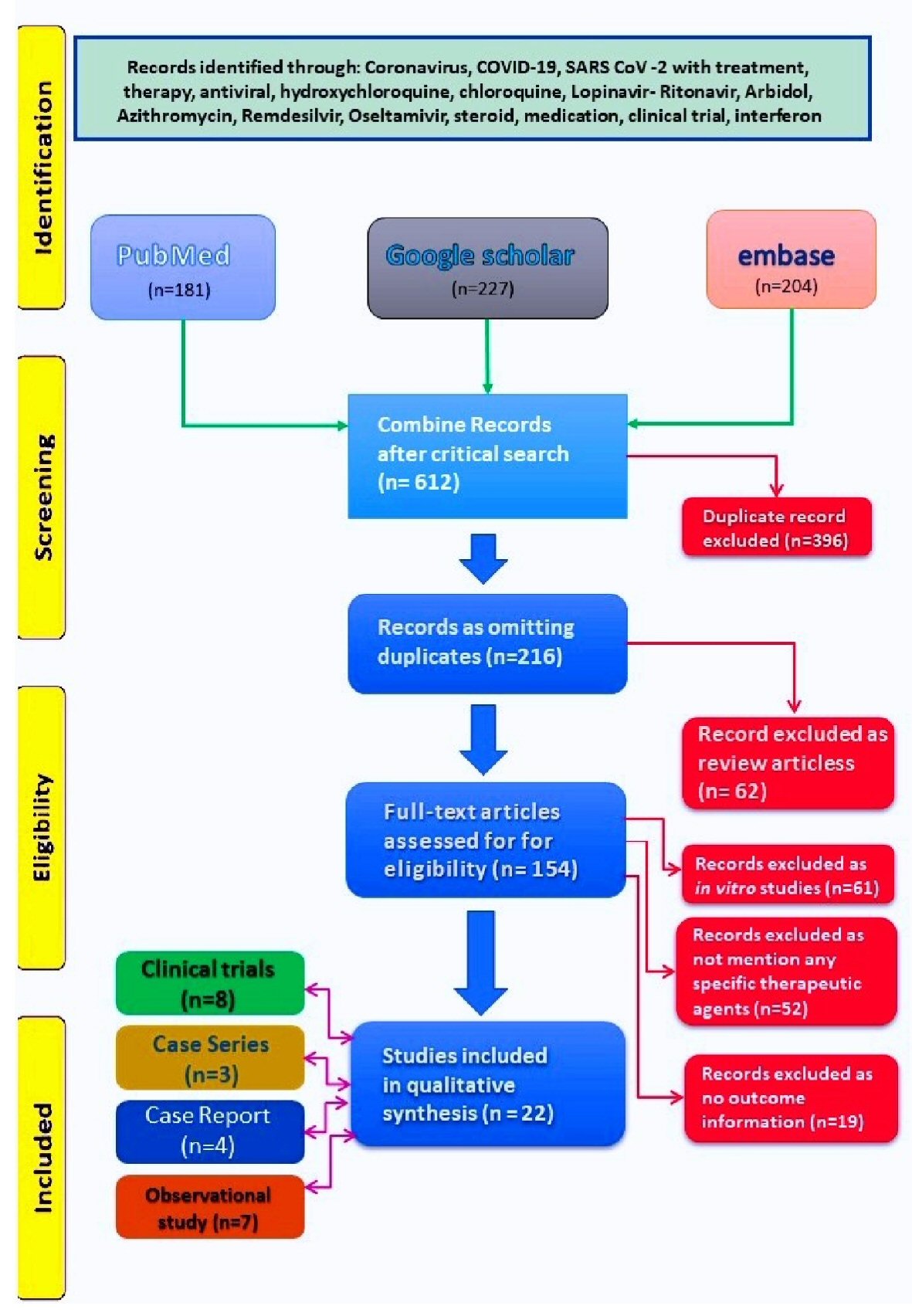
Figure 1. PRISMA diagram showing literature search and stepwise derivation to eligible papers. PRISMA: preferred reporting items for systematic reviews and meta-analyses.
| Journal of Clinical Medicine Research, ISSN 1918-3003 print, 1918-3011 online, Open Access |
| Article copyright, the authors; Journal compilation copyright, J Clin Med Res and Elmer Press Inc |
| Journal website http://www.jocmr.org |
Review
Volume 12, Number 8, August 2020, pages 463-471
Exploring Repurposing Potential of Existing Drugs in the Management of COVID-19 Epidemic: A Critical Review
Figure

Tables
| Drugs/therapy | Study design | Total | |||
|---|---|---|---|---|---|
| Clinical trial | Case series | Case report | Observational study | ||
| HCQ: hydroxychloroquine; CQ: chloroquine. | |||||
| HCQ/CQ with macrolide (azithromycin/clarithromycin) | 1 | 1 | 1 | 3 | |
| HCQ | 2 | 1 | 2 | 5 | |
| Lopinavir/ritonavir | 1 | 1 | 2 | 4 | |
| Umifenovir/favipiravir | 1 | 1 | |||
| Methylprednisolone (with other agent) | 1 | 1 | 2 | ||
| Thalidomide with methylprednisolone | 1 | 1 | |||
| Remdesivir | 2 | 1 | 3 | ||
| Interferon (in combination) | 1 | 1 | 1 | 3 | |
| Total | 8 | 3 | 4 | 7 | 22 |
| Drugs | Types | Mechanism of action |
|---|---|---|
| SARS-CoV-2: severe acute respiratory syndrome coronavirus 2. | ||
| Chloroquine and hydroxychloroquine | 4-aminoquinoline | The post-translation alteration of newly synthesized proteins via glycosylation inhibition [52]. |
| Lopinavir/ritonavir | Protease inhibitors | Blocks viral cellular entry [53]. |
| Umifenovir | Fusion inhibitor | Viral fusion inhibition with the targeted membrane, which blocks virus entry into the cell [54]. |
| Favipiravir | RNA polymerase inhibitors | Favipiravir is a prodrug that is ribosylated and phosphorylated intracellularly to form the active metabolite favipiravir ibofuranosyl-5’-triphosphate (T-705-RTP). T-705-RTP competes with purine nucleosides and interferes with viral replication by incorporation into the virus RNA and thus, potentially inhibiting the RNA-dependent RNA polymerase (RdRP) of RNA viruses [31]. |
| Methylprednisolone | Corticosteroids | Prolongs the survival time and prevents complication of clinical cases through its anti-inflammatory and immunomodulatory action [55]. |
| Thalidomide | Immunomodulators | It has an anti-inflammatory action due to its ability to speed up the degradation of messenger RNA in blood cells and thus reduce tumor necrosis factor-α (TNF-α). Furthermore, thalidomide can increase the secretion of interleukins (IL), such as IL-12, and activate natural killer cells [56]. |
| Remdesivir | Adenosine nucleotide analogues | Remdesivir’s ability is to metabolize into an active form known as GS-441524 which is an adenosine nucleotide analog. The GS-441524 interferes with the action of viral RdRP and evades proofreading by viral exoribonuclease (ExoN). This decreases viral RNA production [37]. |
| Interferon | Low molecular weight protein | The expression of the interferon-stimulated genes (ISGs) is induced by interferon, in the infected as well as in neighboring cells. These lead to development of an antiviral environment, thus inhibiting further viral replication. The interferons augment the immune system in various ways, resulting in different antiviral, antiproliferative and immunomodulatory activities [48-50]. |